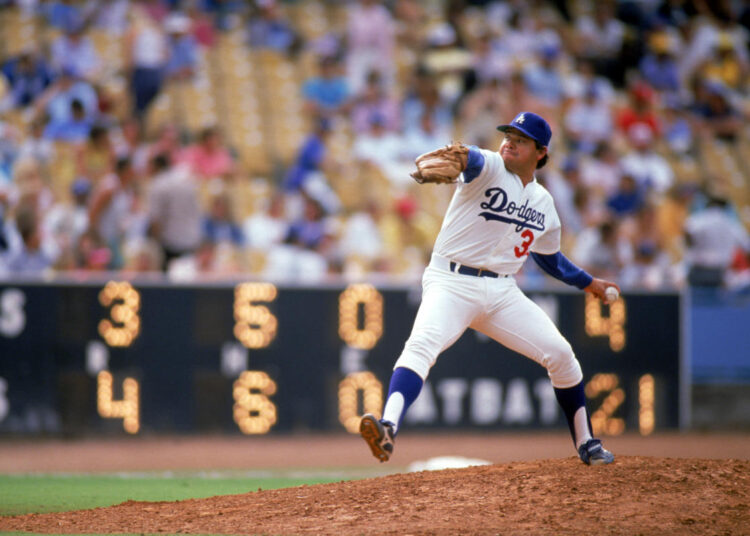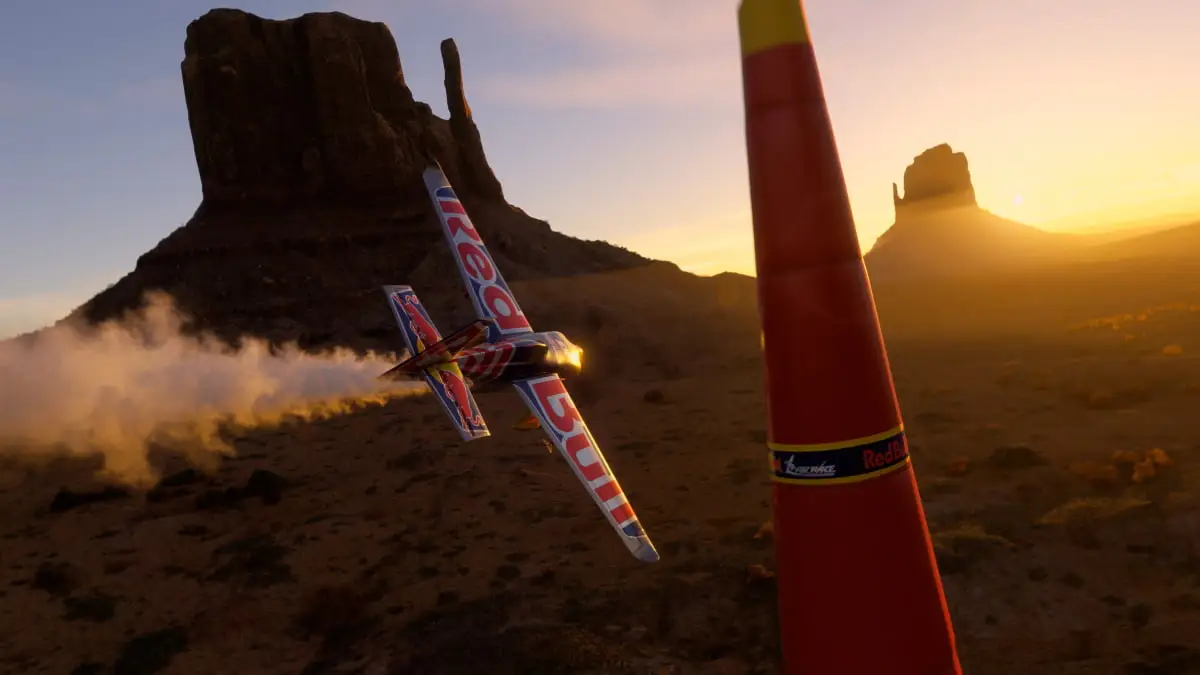Los Angeles Dodgers great Fernando Valenzuela has died, the Dodgers announced Tuesday. He was 63 years old.
Few words inspire such memories of joy as “Fernandomania,” the days of summer when Valenzuela introduced himself to baseball, then proceeded to take it over. He will be remembered for a 1981 season in which he won Rookie of the Year, the Cy Young Award and a World Series ring with one of the greatest rookie years in the history of professional sports.
Valenzuela’s career was much more than numbers and trophies. He was and remains an icon among Latino baseball fans and players and a national hero in his native Mexico. “El Toro” carried a gravity in his prime that few players match, especially when he was throwing shutout after shutout in 1981.
The Dodgers had announced on Oct. 2 that Valenzuela was stepping away from the broadcast booth to focus on his health, with an aim to return for 2025.
Dodgers president Stan Kasten released a statement mourning him:
“On behalf of the Dodger organization, we profoundly mourn the passing of Fernando. He is one of the most influential Dodgers ever and belongs on the Mount Rushmore of franchise heroes. He galvanized the fan base with the Fernandomania season of 1981 and has remained close to our hearts ever since, not only as a player but also as a broadcaster. He has left us all too soon. Our deepest condolences go out to his wife, Linda, and his family.”
With the Dodgers set to begin the World Series on Friday against the New York Yankees, MLB commissioner Rob Manfred confirmed in a statement that the league will honor Valenzuela’s memory.
How Fernando Valenzuela became ‘Fernandomania’
Valenzuela grew up poor and as the youngest of 12 children. He began his career as a teenager in the Mexican leagues, where he was discovered by the great Dodgers scout Mike Brito. The Dodgers bought out his contract in 1979 and watched him rise quickly through the minor leagues with a bizarre pitching motion in which he looked up to the sky.
In 1980, Valenzuela debuted in the Dodgers’ bullpen. And in 1981, well, no one was ready for 1981.
Valenzuela began his season with a shutout of the defending NL West champion Houston Astros. Then he threw a complete game against the San Francisco Giants. Then another shutout. And another. And another. He started his career 8-0 with eight straight complete games, five of them shutouts and a 0.50 ERA in 72 innings.
His starts became appointment viewing at Dodger Stadium, and he became an ace for a team that won the Dodgers’ first World Series title since 1965. Valenzuela remained one of the best pitchers in baseball for the next five years, then began declining after 1986.
The 1990 season was his last with the Dodgers and his worst in Los Angeles, but he had a moment even then. On June 29, Valenzuela threw his first and only no-hitter against the St. Louis Cardinals.
“If you have a sombrero, throw it to the sky!” Vin Scully exclaimed after the final out.
The Dodgers released Valenzuela before the 1991 season, and he ended up playing for five other teams before his retirement in 1997.
He played into his 40s with stints in the Mexican winter leagues. During the summer, he began working as a Spanish-language commentator for the Dodgers, which he continued to do until his death.
Dodgers retired Fernando Valenzuela’s number at the perfect time
The Dodgers’ standard policy for retired numbers is to honor only players who entered the National Baseball Hall of Fame after playing most of their careers for the Dodgers. There are two exceptions to that rule: Jim Gilliam and Valenzuela.
For years, Valenzuela loomed as a weakness of that policy. He was a legend but wasn’t great long enough to enter Cooperstown on the BBWAA ballot, and the committees were no help, either.
The Dodgers finally made an exception for Valenzuela’s No. 34 in 2023, to the delight of a man who played 11 seasons with the team and worked as a broadcaster for decades longer, via The Athletic:
“I never thought this would happen,” Valenzuela said. “Never thought I’d be in this situation. It’s hard to put into words.”
A year later, that is looking like a very good decision.
Read the full article here

























